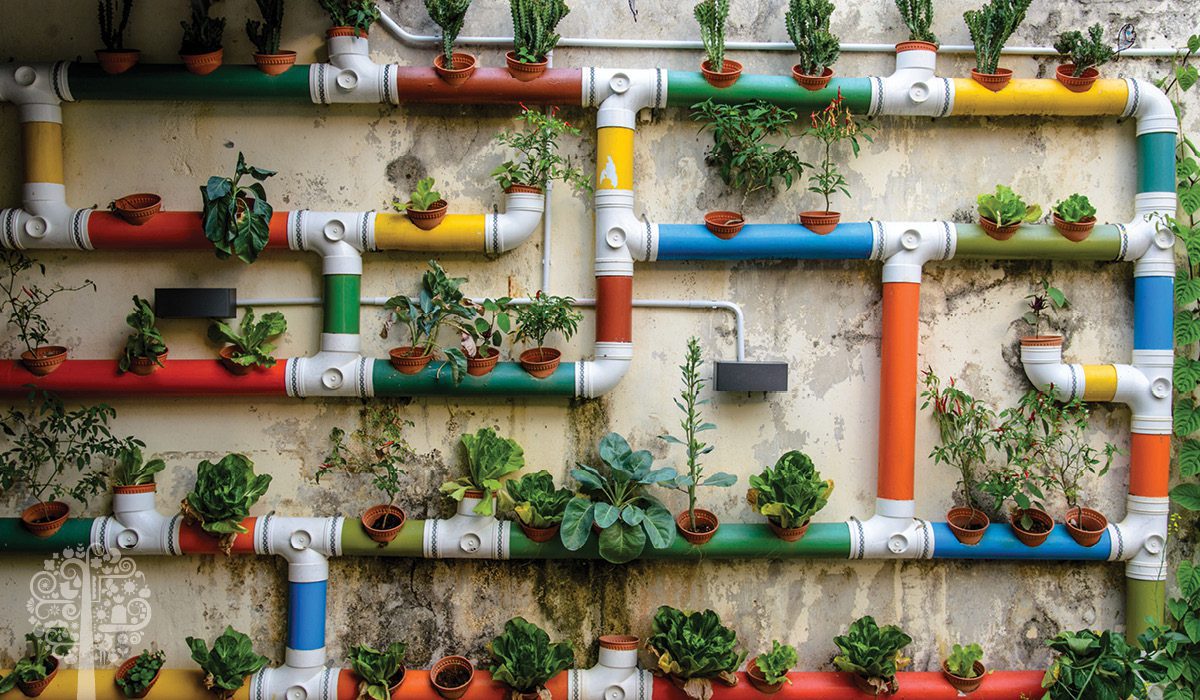A daydream I recently had included small garden farms every half dozen houses or so on my long country road, some people raising a few chickens for eggs, some for meat, others focusing on a few crops like greens and sprouts. One neighbor has more sun and likes to work with tomatoes, while another loves to build soil by making compost and gathering organic material. Another backyard is perfect for 50-foot rows of root crops, while another has gentle, south-facing slopes for orchard fruit and root cellaring. Another loves goats and has started a dairy herd, and one family has a communal bread oven in the driveway. Micro homesteads and micro business ventures, all along the roadway, spinning off nature’s desire to generate a circular abundance; this is what I dream and hope for.
The Local Economy and Resilience
Not having an actual job to commute to this winter, I started my local economy journey by selling eggs to neighbors and putting bags of kindling for sale at the end of my driveway on weekends for the skiers and tourists. Maybe this behavior is a withdrawal from the greater economy and morphing into the crazy chicken guy, which is true to some extent. Still, to walk to the end of my driveway on Sunday night and find a few dollar bills in the dropbox I set up is empowering.

Now I leave eggs on Fridays’ for the neighbors. Imagine if we could pay our taxes with maple syrup and eggs? Even this small step I have taken towards self-reliance has led to a feeling of increased security and independence, which leads to resilience: the ability to recover from shocks to the system. It’s nice to have some cash on hand to pay off a small debt instead of running to the bank, which in my case, is a 30-minute drive away, dodging huge potholes.
Self-reliance is not about isolation; it only feels so now because not many are embarking on the ship. At its best, it forces us to create interdependence. Looking at my current situation, it is as simple as one less stressful masked-up visit to the store for a dozen eggs.
Building Fertility and Connections
In the beginning, as we build fertility on our garden farms, we may have sporadic products to sell or trade. Things like seeds, raspberry plants, fig cuttings, dandelion pesto can help us connect and build a network as we build the soil and our confidence.
In the Soviet Union, after the collapse in 1991, the people, growing tired of the limited or inefficient supply at the state-run shops, expanded the gardens at their dachas, small summer cottages. These small garden farms prevented mass hunger. Today, these private allotments continue to grow up to 50% of the vegetables, fruits, and dairy on 7% of the land.
Repeating History
Garden farms are not new, rising from the need to provide at least some essentials from our immediate surroundings. It sure seems like we are at a point in history when the time is ripe for us to take up the shovel and start throwing seed bombs.
We have to start somewhere. If we ask them, our ancestors can take us by the hand in our dreams and whisper comforting tips that they discovered during the depression(s). In the light of day, they walk beside us; take the first step with them into the garden and these exciting times of building backyard resiliency!